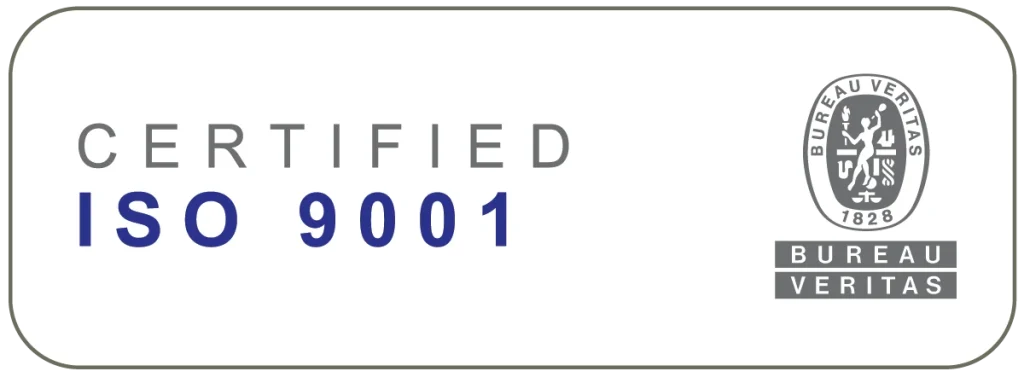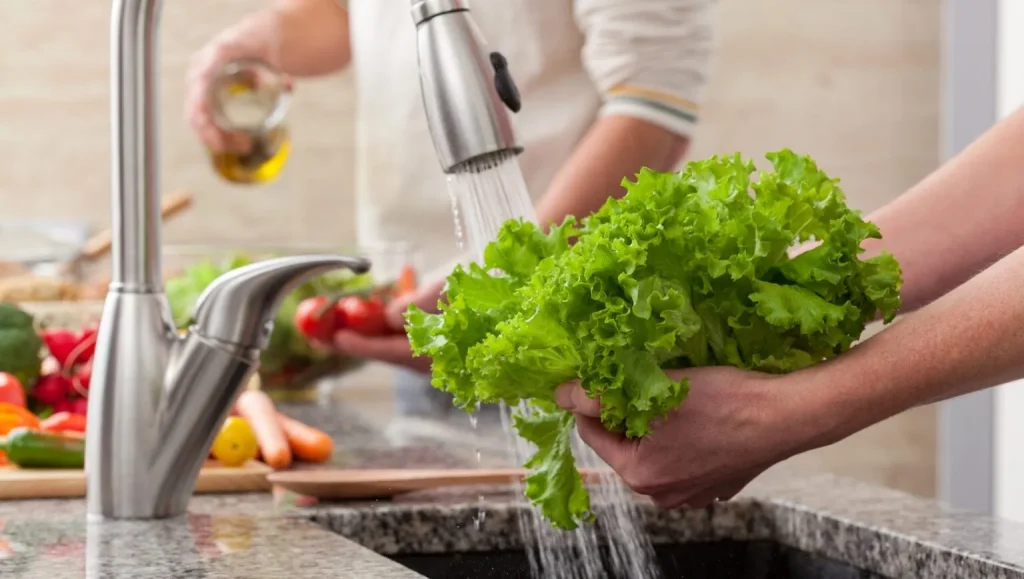Prevention Of Food Poisoning!!!
Drawing attention to the recent unfortunate mass food poisoning onboard couple of vessels, leading to fatal deaths. This broadcast is to reiterate the importance of maintaining food safety on board and more importantly “always”.
Good food hygiene is more than cleanliness; it requires food to be protected from the risk of harmful contamination by bacteria, chemicals, and other foreign bodies from the point of delivery to point of consumption. Food must be protected against all forms of bad bacterial contamination. Hence, maintaining high standards of personal cleanliness and food safety is a must to start with. Any existing bacteria already in the food must be prevented from growing to dangerous levels. Most bacteria can be destroyed by thorough cooking (except pre-formed toxins).
To reduce the risk of food poisoning, the following control measures to be in place:
- Personal hygiene.
- Temperature control (keep food hot >63°C or cold <5°C).
- Segregation of raw and cooked foods.
- Ensuring no risk of cross-contamination via hands, clothes, etc.
- Thorough cooking (cook to 70 Celsius for minimum 15 seconds).
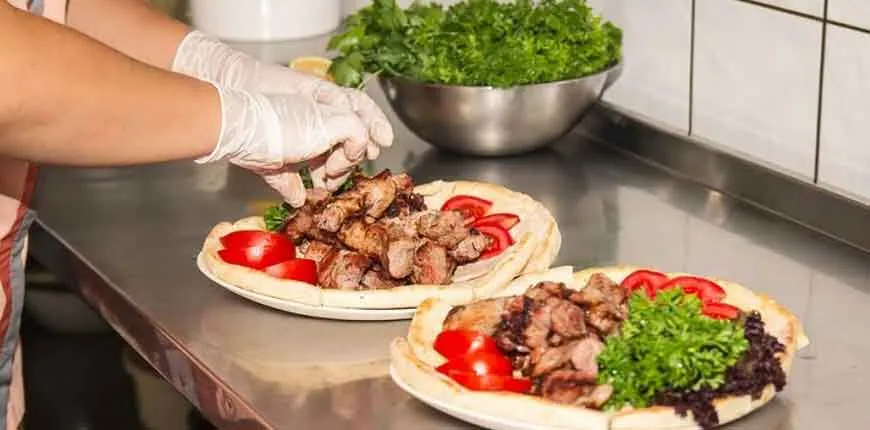
To help stop bacteria from growing, please ensure the following:
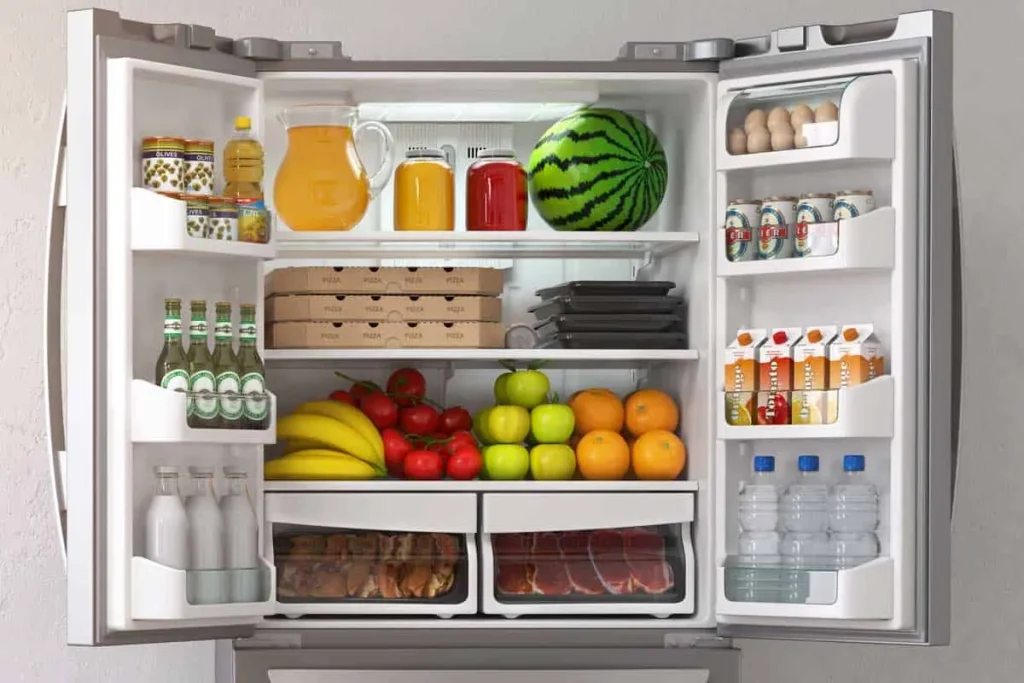
- When the label says, ‘keep refrigerated’, food must be stored in the fridge.
- Food should be cooked as near as possible to the time of meal service.
- Raw food must always be kept apart from cooked food.
- Separate refrigerators should be used for this purpose.
- All food in the refrigerator should be wrapped to prevent cross-contamination (SS container with lid/cling film/silver foil).
- Raw food (that often contains pathogenic bacteria) to be wrapped and placed at the bottom of the refrigerator (below-cooked food).
- Food should always be subjected to the least possible handling and full use is to be made of serving implements (tongs/spoons/ladles/food gloves).
- Prepared dishes, such as meat, desserts with milk, egg, or cream ingredients must always be cooled as quickly as possible, covered, and refrigerated.
- Food for cooking or service is to be covered and stowed in a refrigerator.
- Butter and conserves for table use are to be similarly protected.
- Flies and insects are carriers of disease and exposed food provides a serious threat to health. Newspaper / printed papers must not be used for food wrapping. Only grease-proof paper or a suitable food wrap should be used.
- Food, when being transported, must be suitably covered. The suitable head covering must be always worn when working in a food preparation area/galley (head has the maximum bacteria on a person).
- All fruit and salad items are to be thoroughly rinsed in freshwater prior to issue.
- All dry provisions are to be stored in sealed bags or containers. This helps to keep them fresh and stops anything falling into the food by accident.
- Do not store food items near cleaning chemicals (chemical contamination).
- Do not use food containers to store cleaning chemicals or non-food for food.
- Do not reuse plastic water bottles unless they are certified for the same.
- Do not place or store food on the floor (even inside the storerooms/freezer), this will lead to contamination through pests or dirty liquids.
- Maintain the required temperatures in all the storerooms.
Personal Hygiene
- It is essential for food handlers to strictly practice high standards of personal cleanliness. They should be clean and tidy and wear suitable light-colored protective clothing.
- There must be adequate hand washbasins with soap and drying facilities. Disposable towels or a hot air dryer only must be used and NOT a cloth towel (shared towels cause cross-contamination).
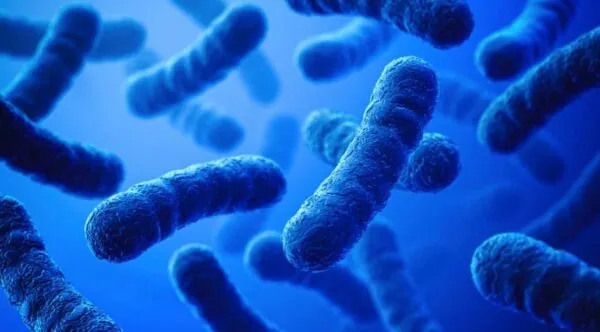
Hands and Arms Clean:
- Cleaning Procedures: Clean hands and exposed portions of your arms with a hand wash liquid by vigorously rubbing together for at least 20 seconds and thoroughly rinsing with clean water. Pay more attention to the areas underneath the fingernails and between the fingers.
- When to Wash Hands: Clean your hands and exposed portions of your arms immediately before starting any kind of food preparation, including working with exposed food, clean equipment, and utensils.
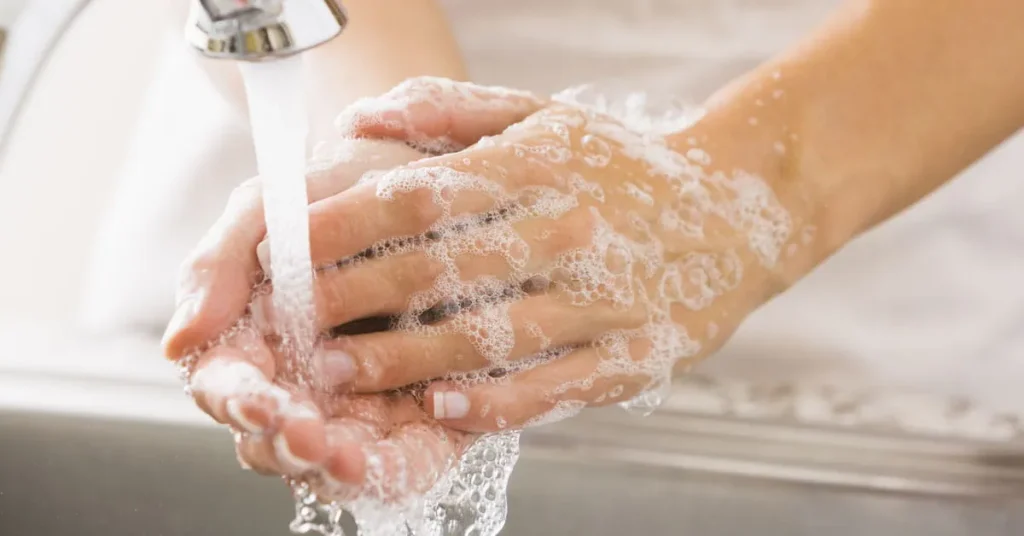
- After touching bare human body parts other than clean hands and clean exposed portions of arms. After using the toilet/restroom.
- After coughing, sneezing, using a handkerchief or disposable tissue, using tobacco, eating, or drinking.
- After handling soiled equipment or utensils. During food preparation
(as often as necessary to remove soil & to prevent cross-contamination when changing tasks). - When switching between working with raw food and working with Ready-To-Eat food.
- Before putting on gloves for working with food or clean equipment and between glove changes.
- After engaging in other activities that contaminate the hands.
Good food hygiene requires the sourcing of safe food. In certain circumstances, unsafe food will always remain unsafe regardless of the measures taken. Hence it is important that we engage with reliable and recommended vendors to supply safe provisions.
* STAY SAFE STAY HEALTHY *

